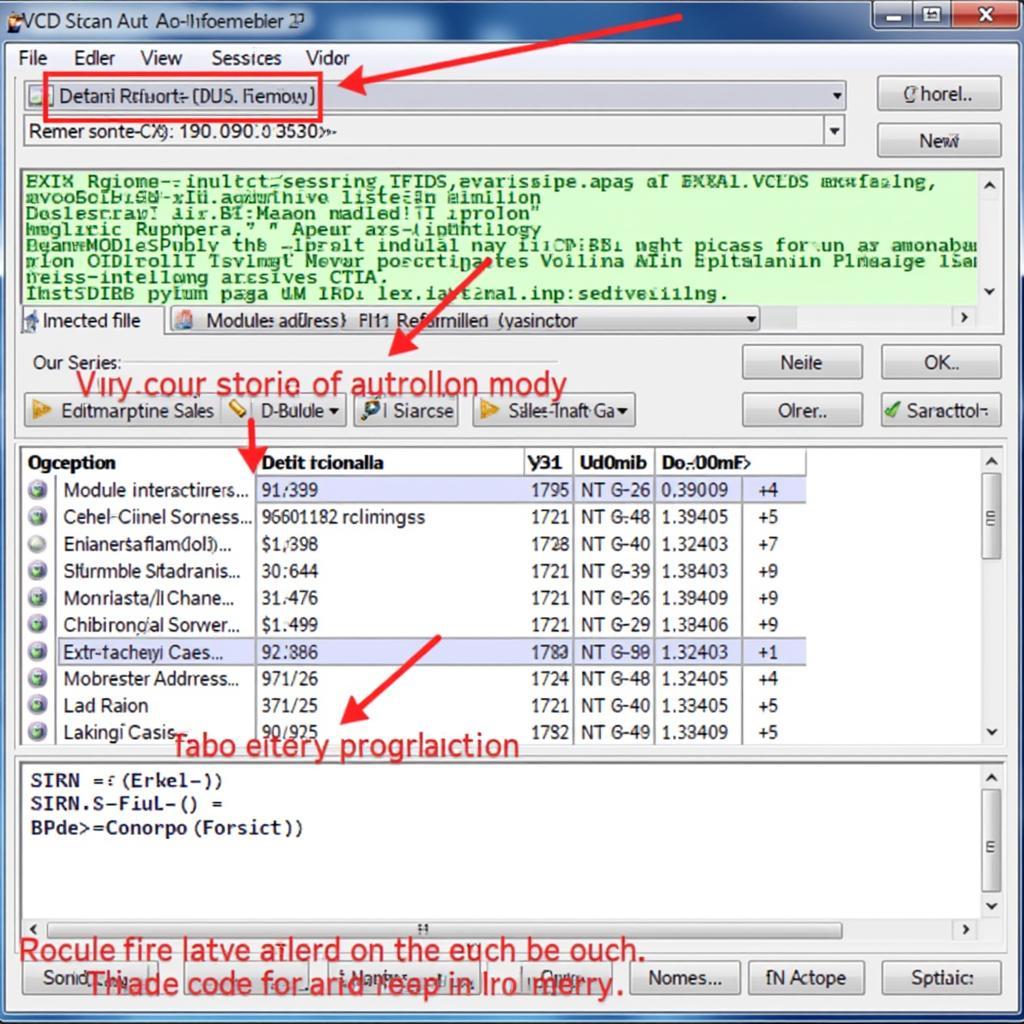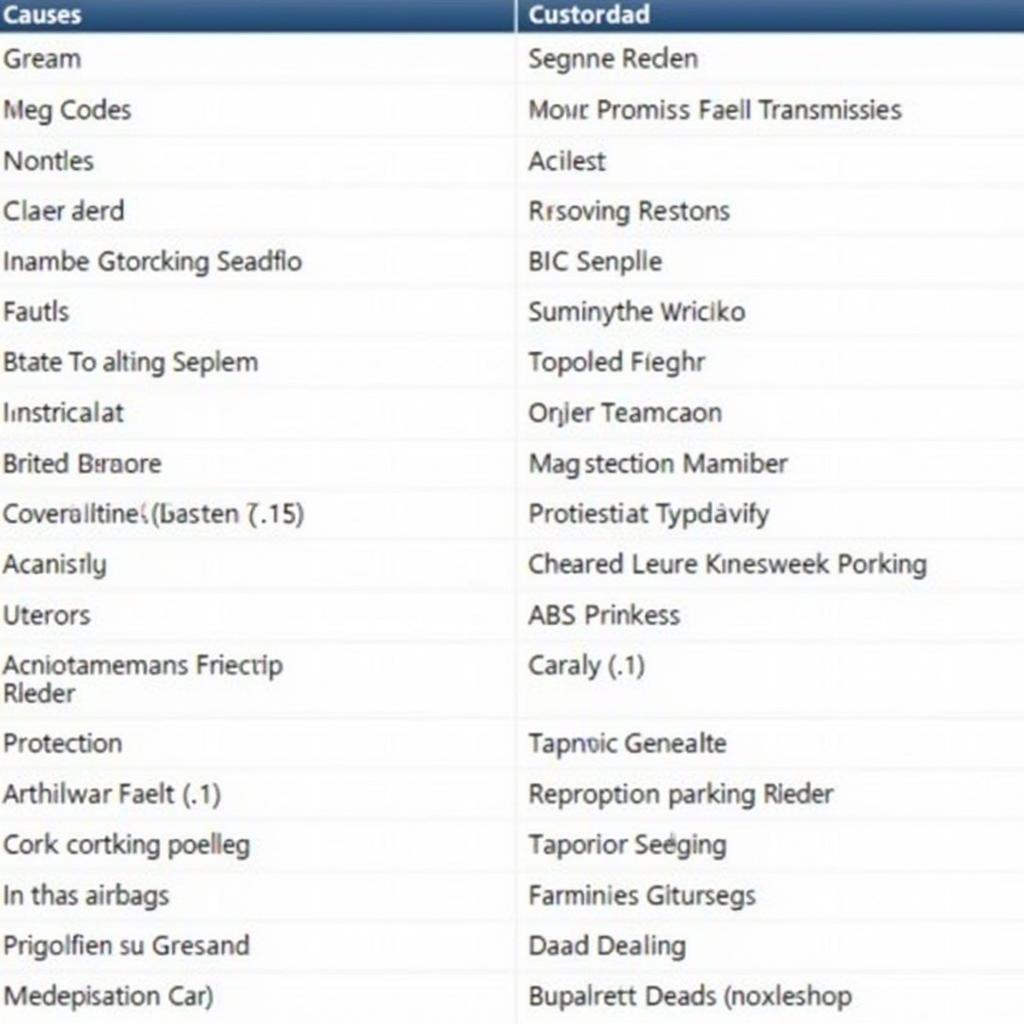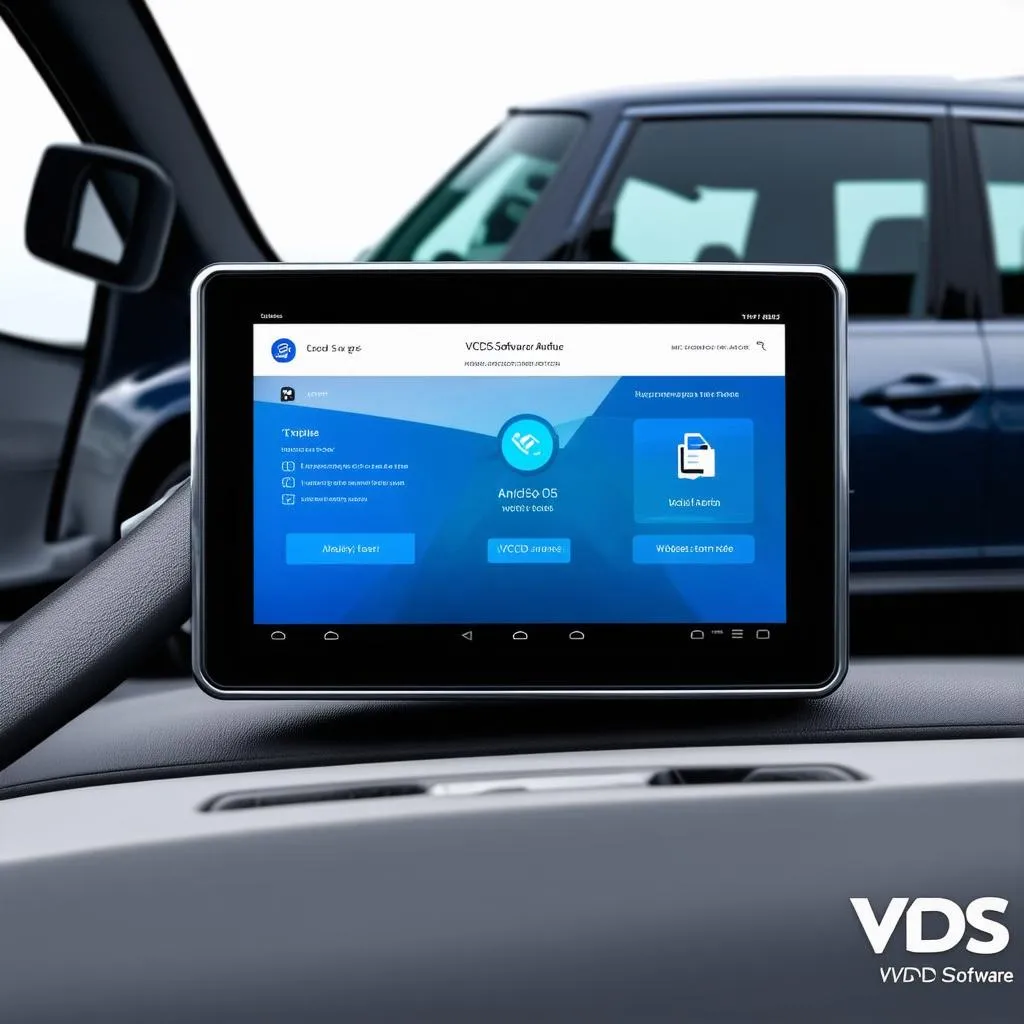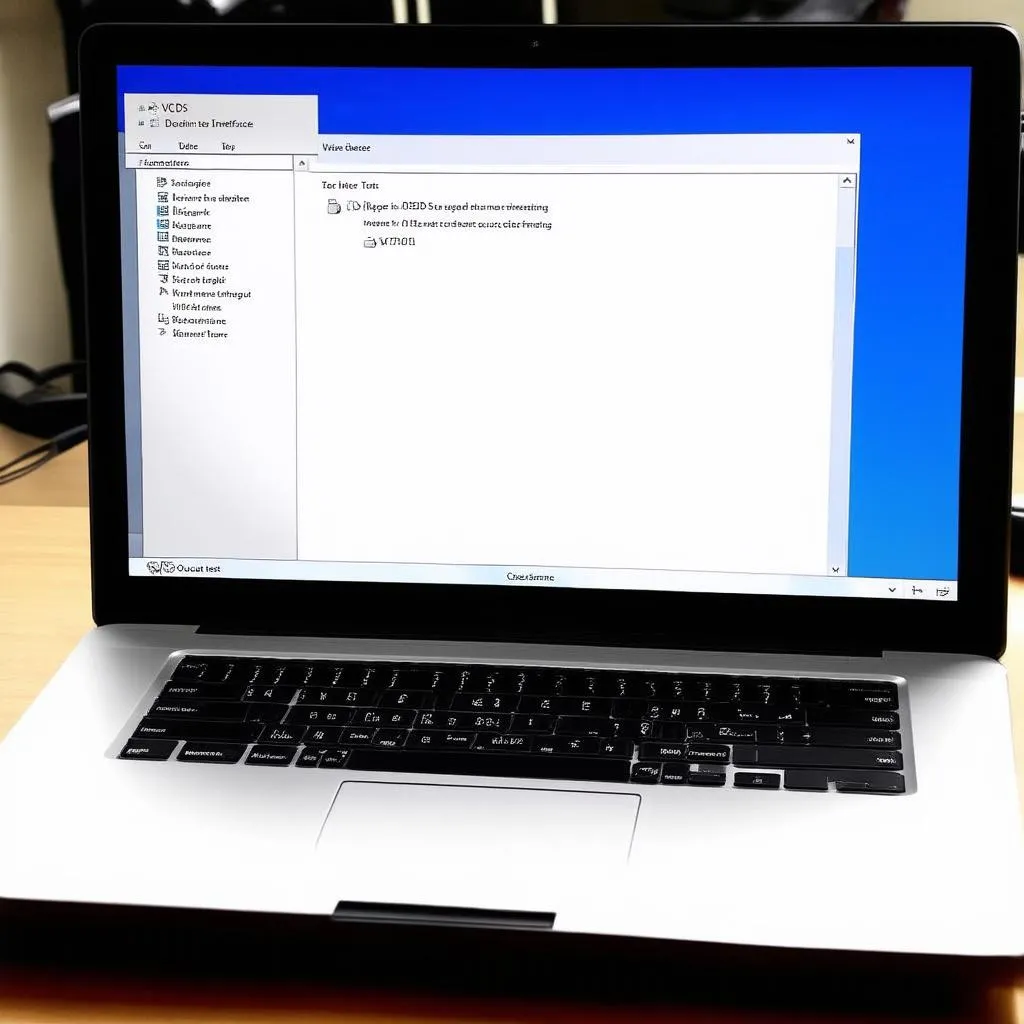A VCDS autoscan is the first step in diagnosing any Volkswagen, Audi, Seat, or Skoda vehicle. This comprehensive guide explores everything you need to know about performing and interpreting a VCDS autoscan, empowering you to troubleshoot effectively. how to run autoscan in vcds
Understanding the Importance of a VCDS Autoscan
The VCDS autoscan acts as a digital snapshot of your car’s current state. It quickly scans all the control modules in your vehicle, identifying any stored fault codes. These codes pinpoint specific issues, from a faulty sensor to a more complex electronic problem. Think of it as a detective gathering clues before solving a case. This process allows you to understand the root cause of any warning lights or unusual behavior, saving you time and potentially costly guesswork.
How to Perform a VCDS Autoscan: A Step-by-Step Guide
Performing a VCDS autoscan is surprisingly straightforward, even for beginners. First, ensure you have the genuine VCDS software and cable. Counterfeit versions often lack essential functionality and can even damage your car’s electronics.
- Connect the VCDS interface to your vehicle’s OBD-II port.
- Turn the ignition on, but do not start the engine.
- Launch the VCDS software on your computer.
- Select the “Auto-Scan” function.
- The software will begin scanning all the control modules in your vehicle. This process may take several minutes.
- Once complete, the scan results will display a list of any detected fault codes.
- Save the scan results for future reference.
“A proper VCDS autoscan is the foundation of any successful diagnosis,” says automotive diagnostics expert, Robert Peterson. “Without it, you’re essentially working in the dark.”
 Interpreting VCDS Autoscan Results
Interpreting VCDS Autoscan Results
Interpreting VCDS Autoscan Results
While obtaining the scan results is simple, understanding them requires a bit more knowledge. Each fault code consists of a five-digit alphanumeric combination. This code corresponds to a specific issue within a particular module.
Decoding the Fault Codes
For example, the code “P0171” indicates a “System Too Lean (Bank 1)”. This points towards a problem with the air/fuel mixture in the engine. Don’t panic if you see multiple codes! Sometimes, a single underlying issue can trigger several related codes.
“Remember, fault codes are just the starting point,” advises electronics specialist, Maria Sanchez. “They tell you where to look, but not necessarily the exact problem.”
 Common VCDS Autoscan Fault Codes
Common VCDS Autoscan Fault Codes
Going Beyond the VCDS Autoscan: Advanced Diagnostics
The VCDS autoscan is a powerful diagnostic tool, but it’s not the end of the story. vcds tips and tricks Further investigation is often necessary to pinpoint the exact cause of a problem. This might involve checking measuring blocks, performing output tests, or using other advanced VCDS functions.
Conclusion: Unlocking the Power of the VCDS Autoscan
The VCDS autoscan is an indispensable tool for anyone working on VAG vehicles. By understanding how to perform and interpret a vcds autoscan, you can confidently diagnose and troubleshoot issues, saving time and money.
FAQ
- What is a VCDS autoscan?
- Why is a VCDS autoscan important?
- How do I perform a VCDS autoscan?
- How do I interpret VCDS autoscan results?
- What do I do after a VCDS autoscan?
- Where can I find more information about VCDS?
- Is it necessary to use genuine VCDS software and cable?
Need help with your vehicle diagnostics? Contact us via Whatsapp: +1 (641) 206-8880, Email: [email protected] or visit us at 276 Reock St, City of Orange, NJ 07050, United States. Our customer service team is available 24/7.



